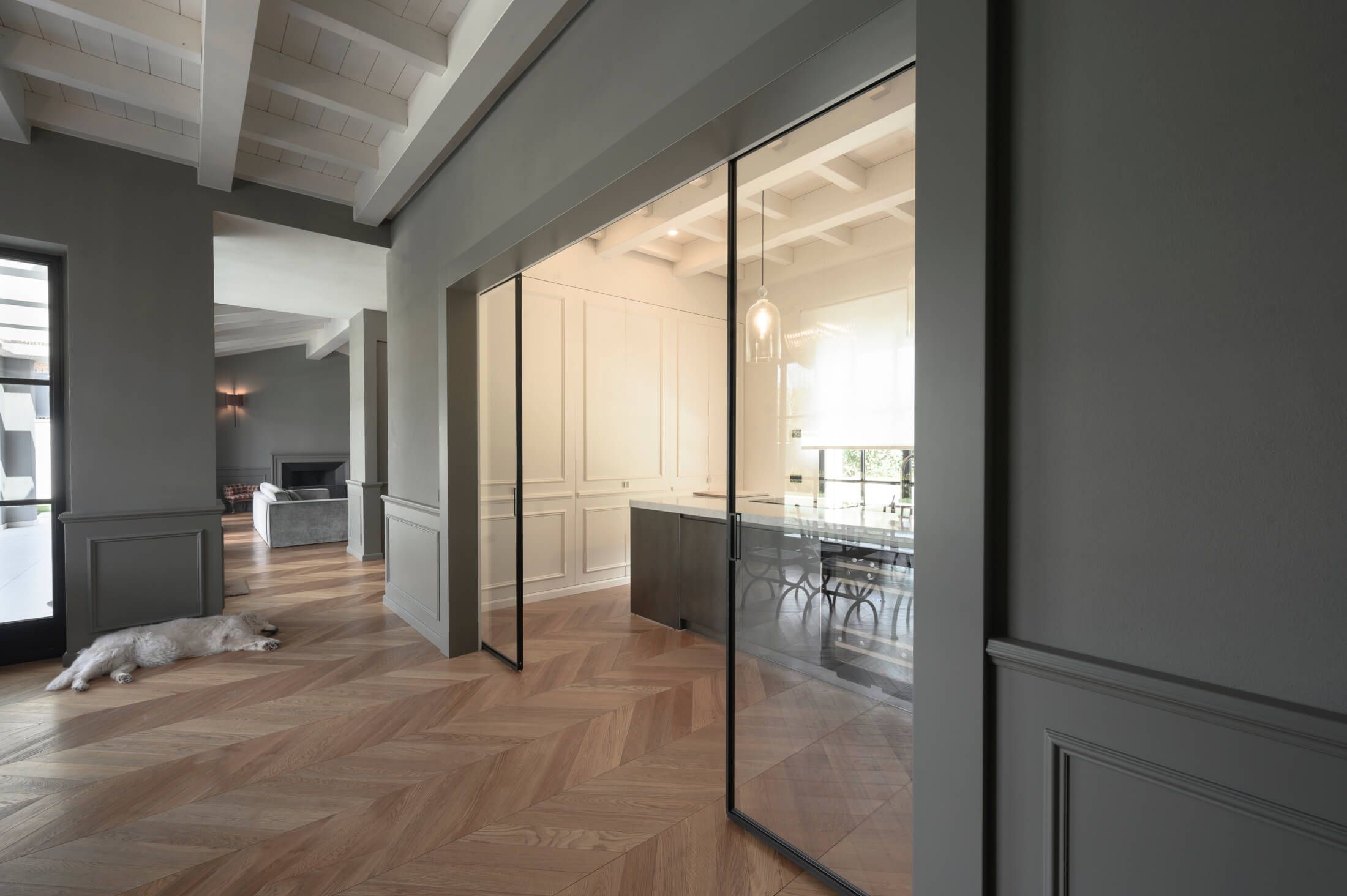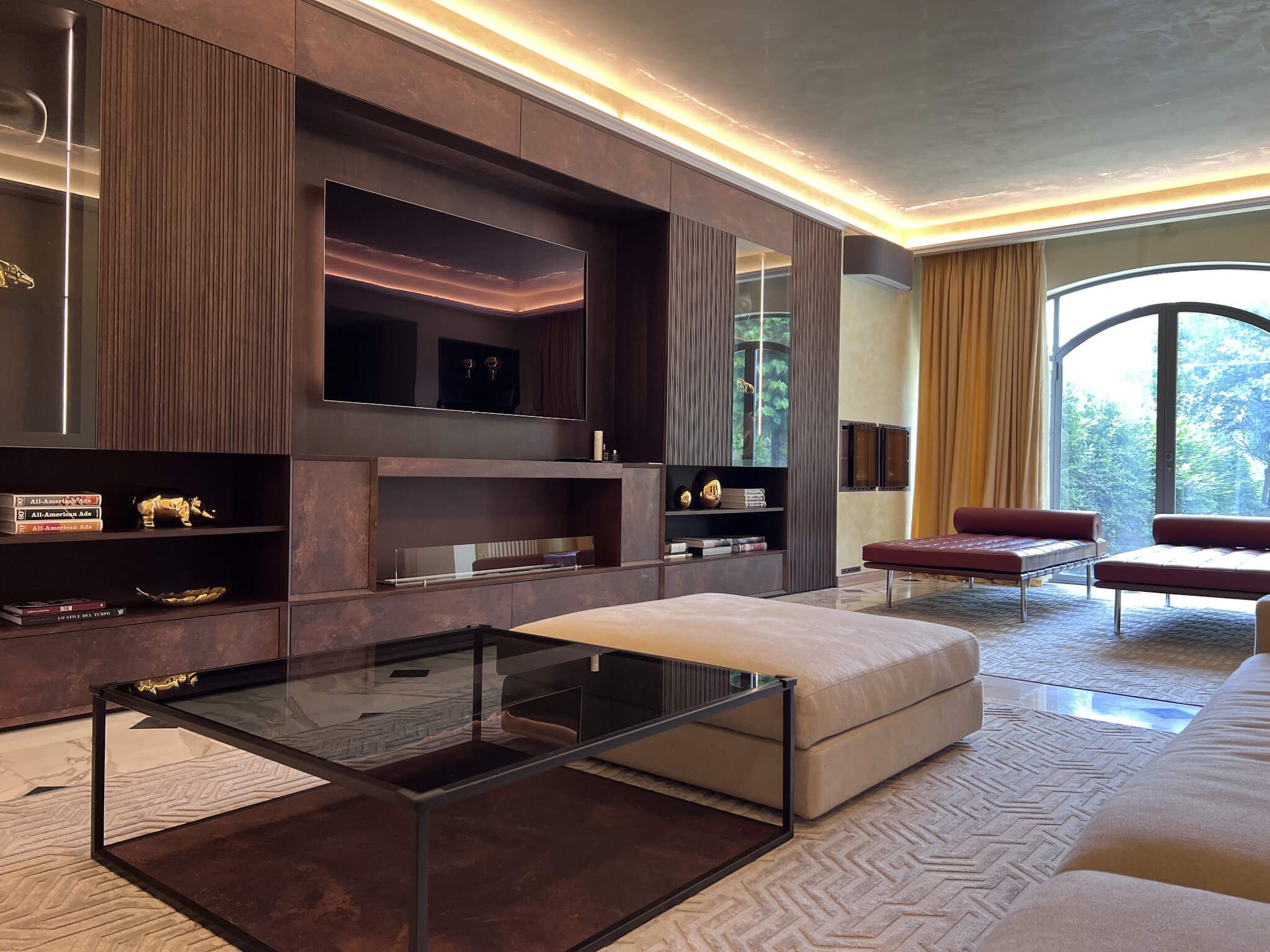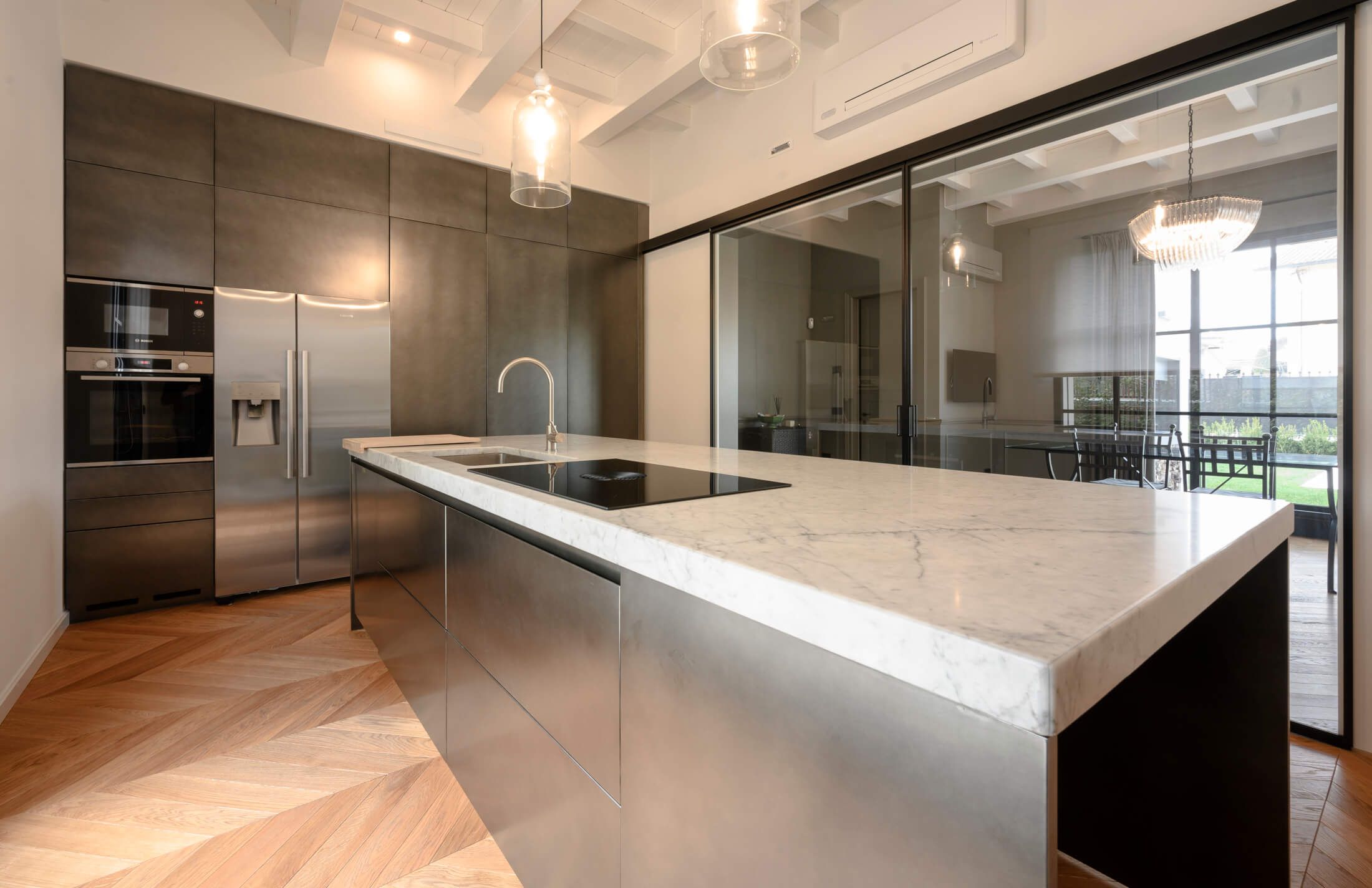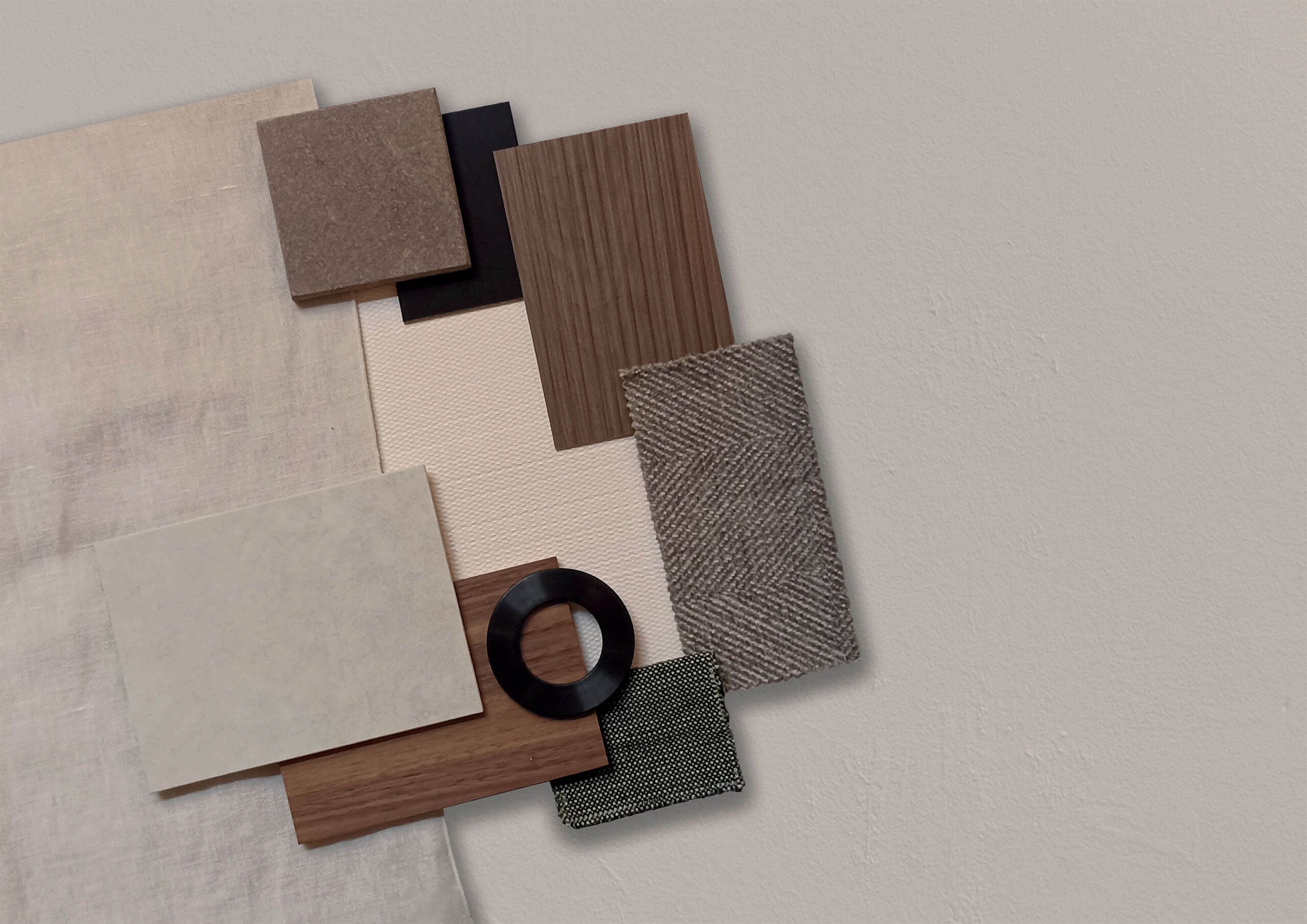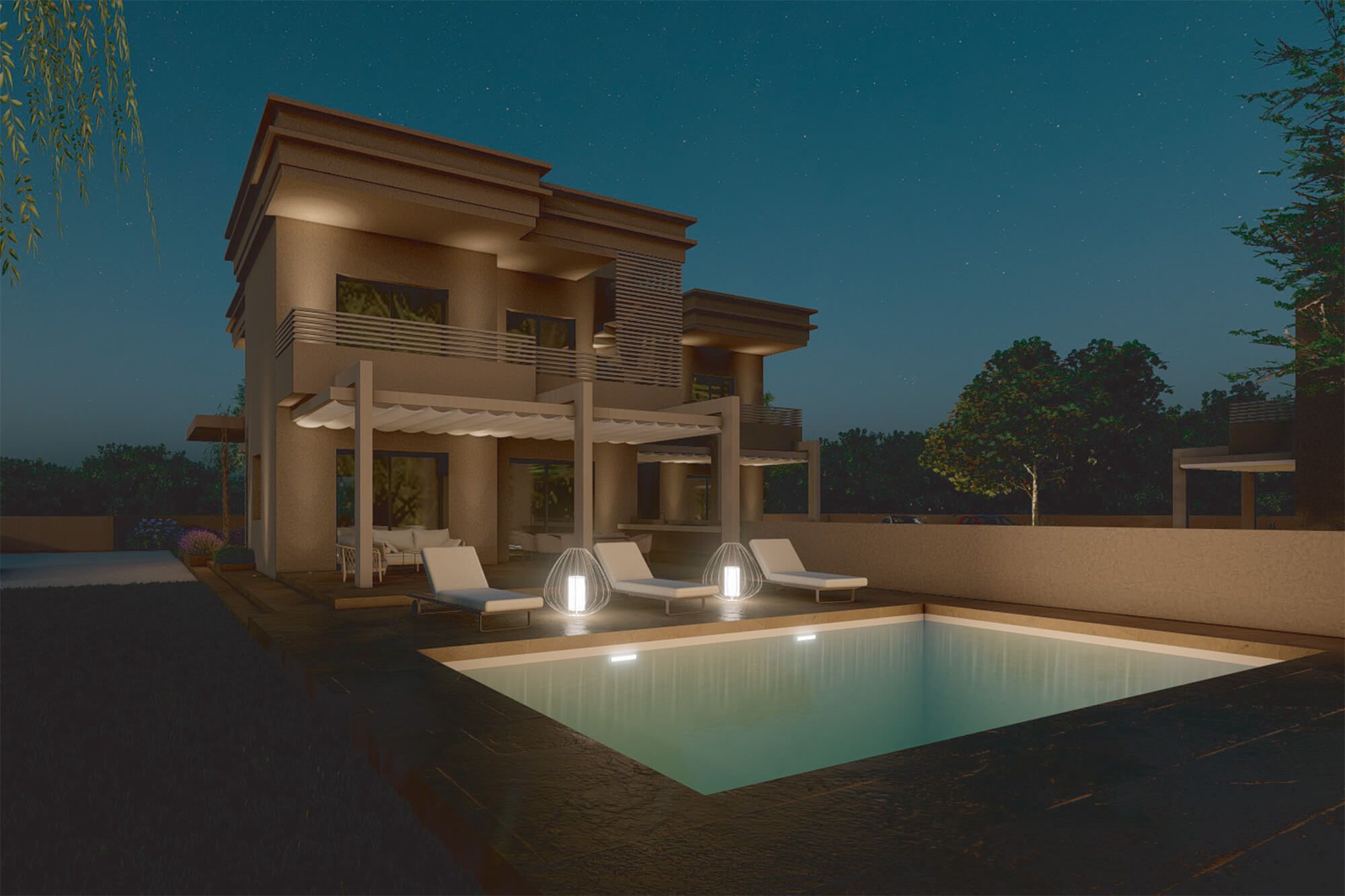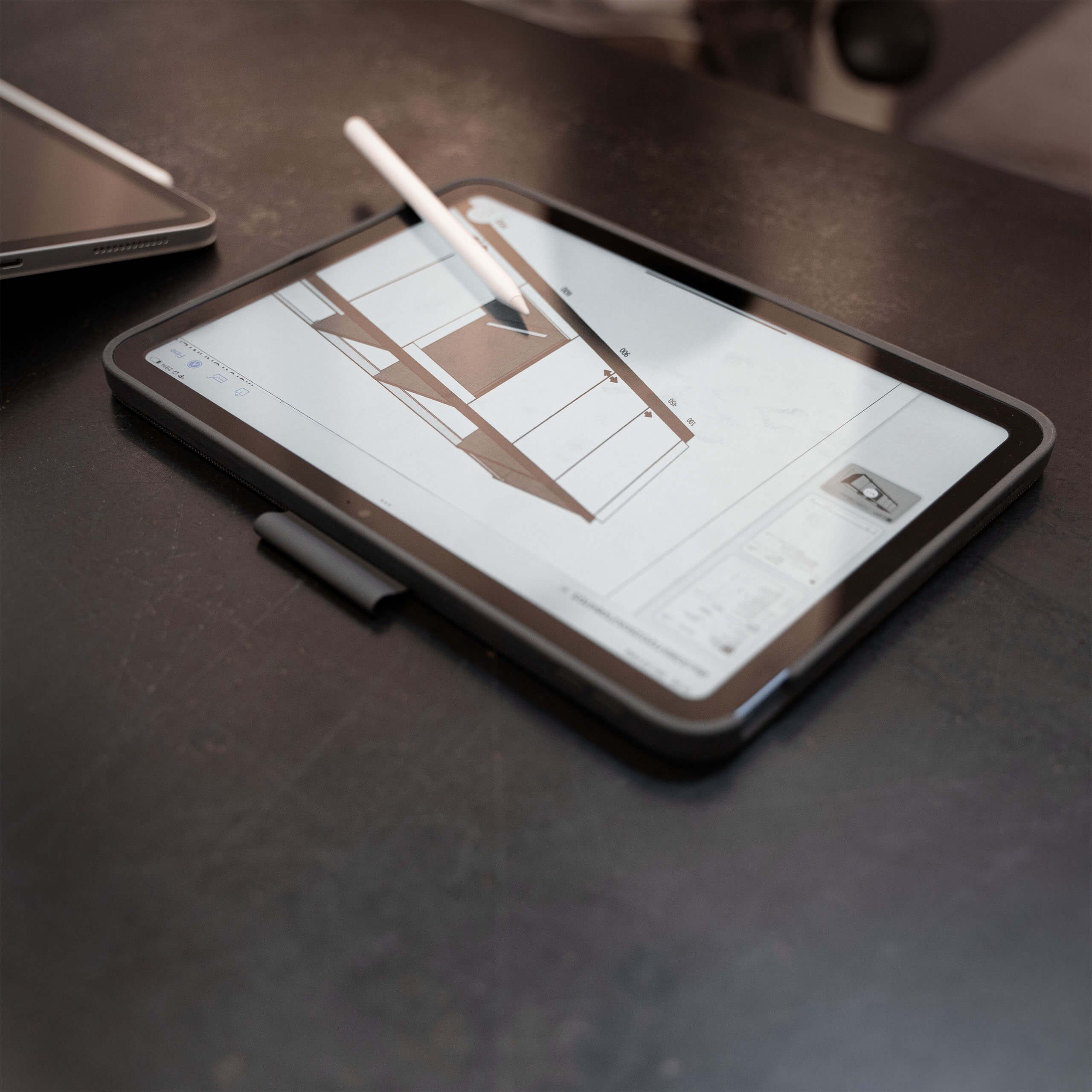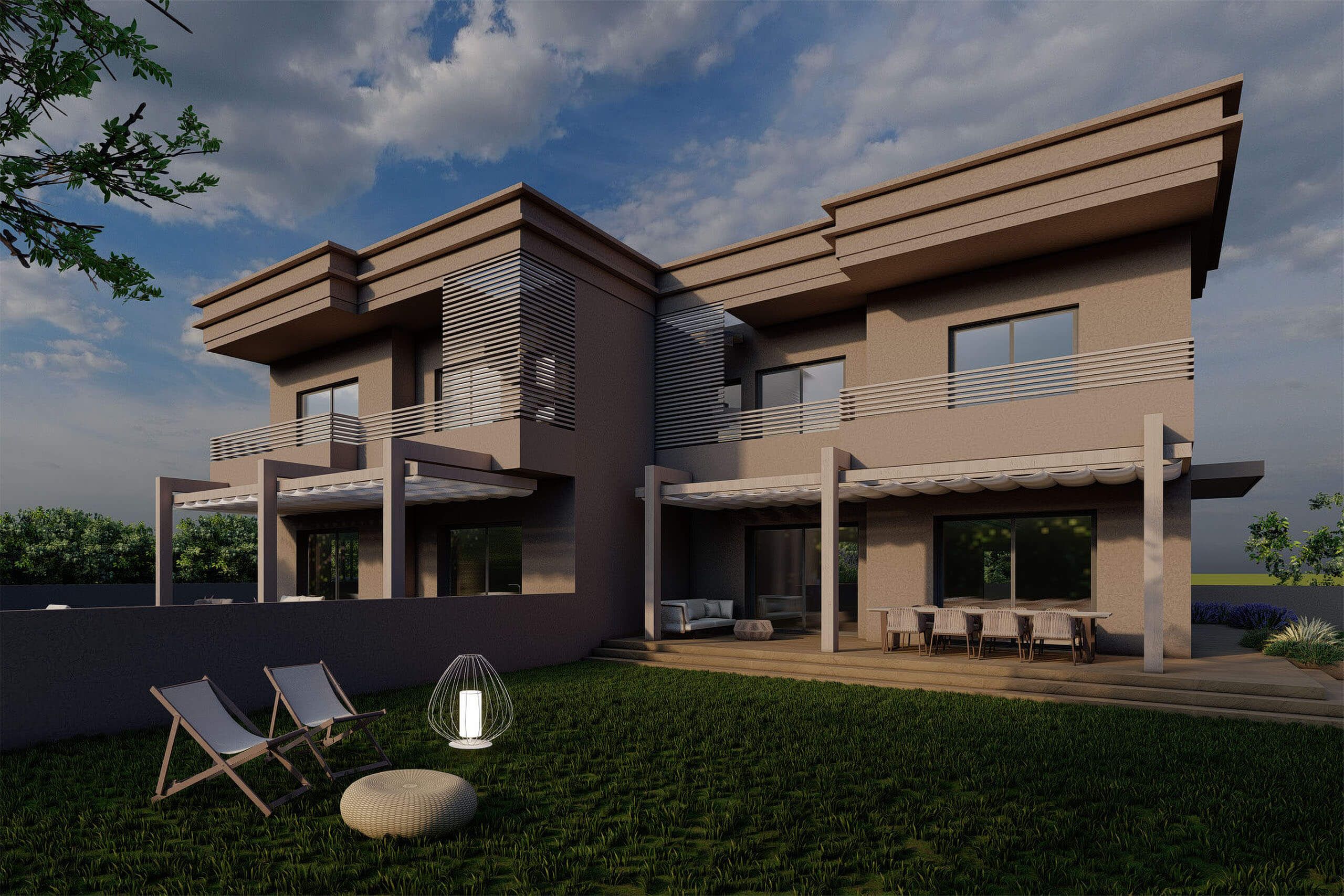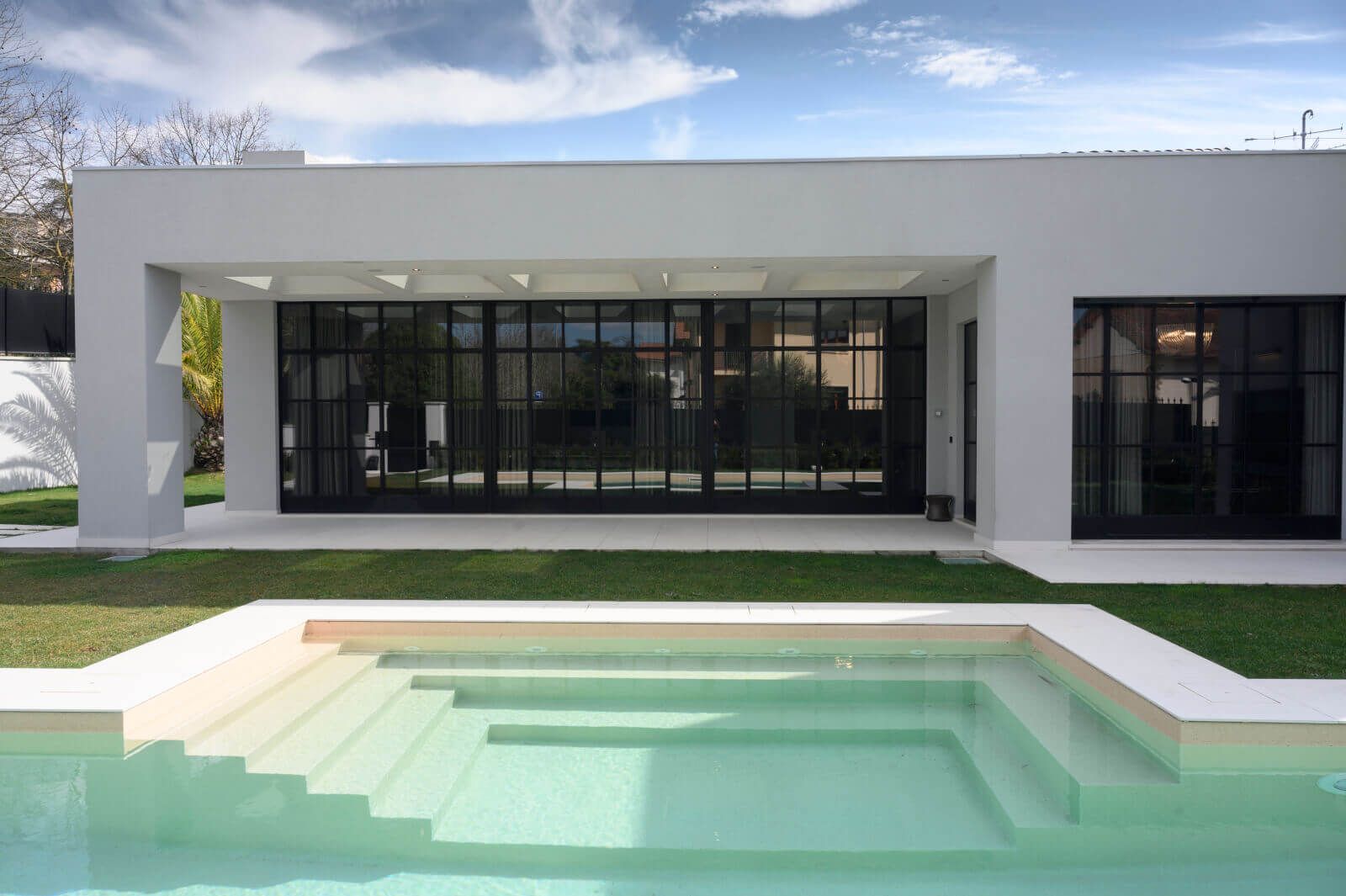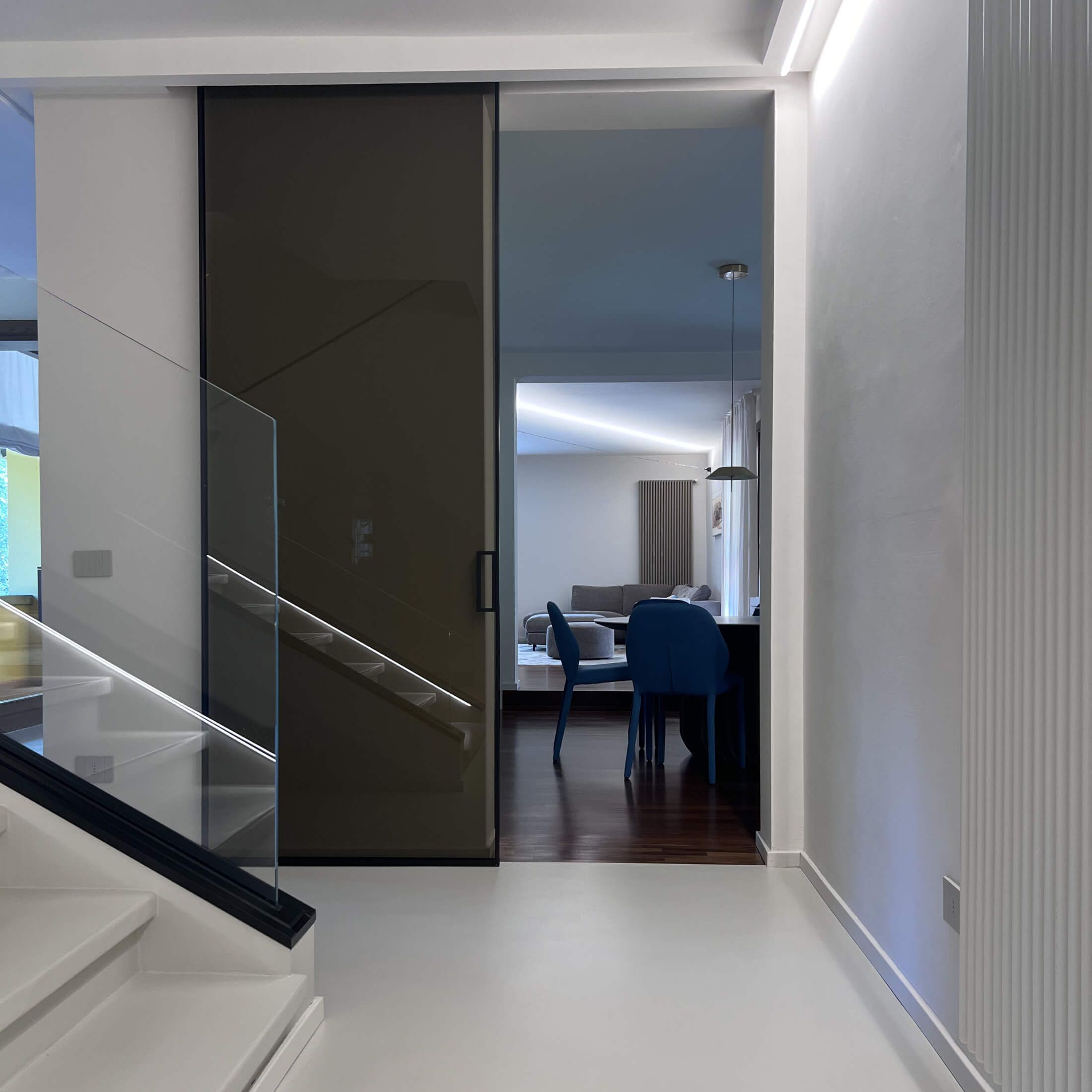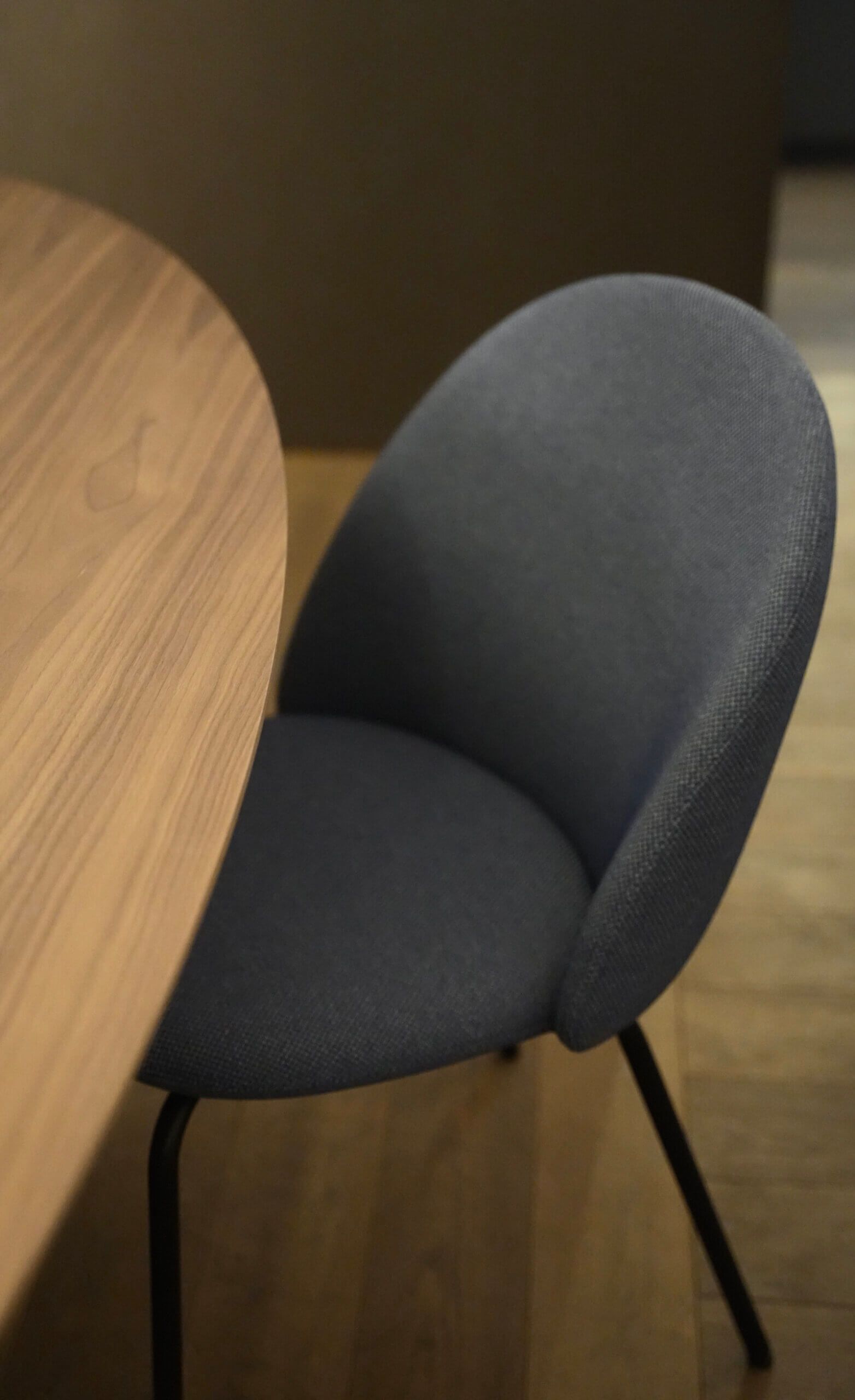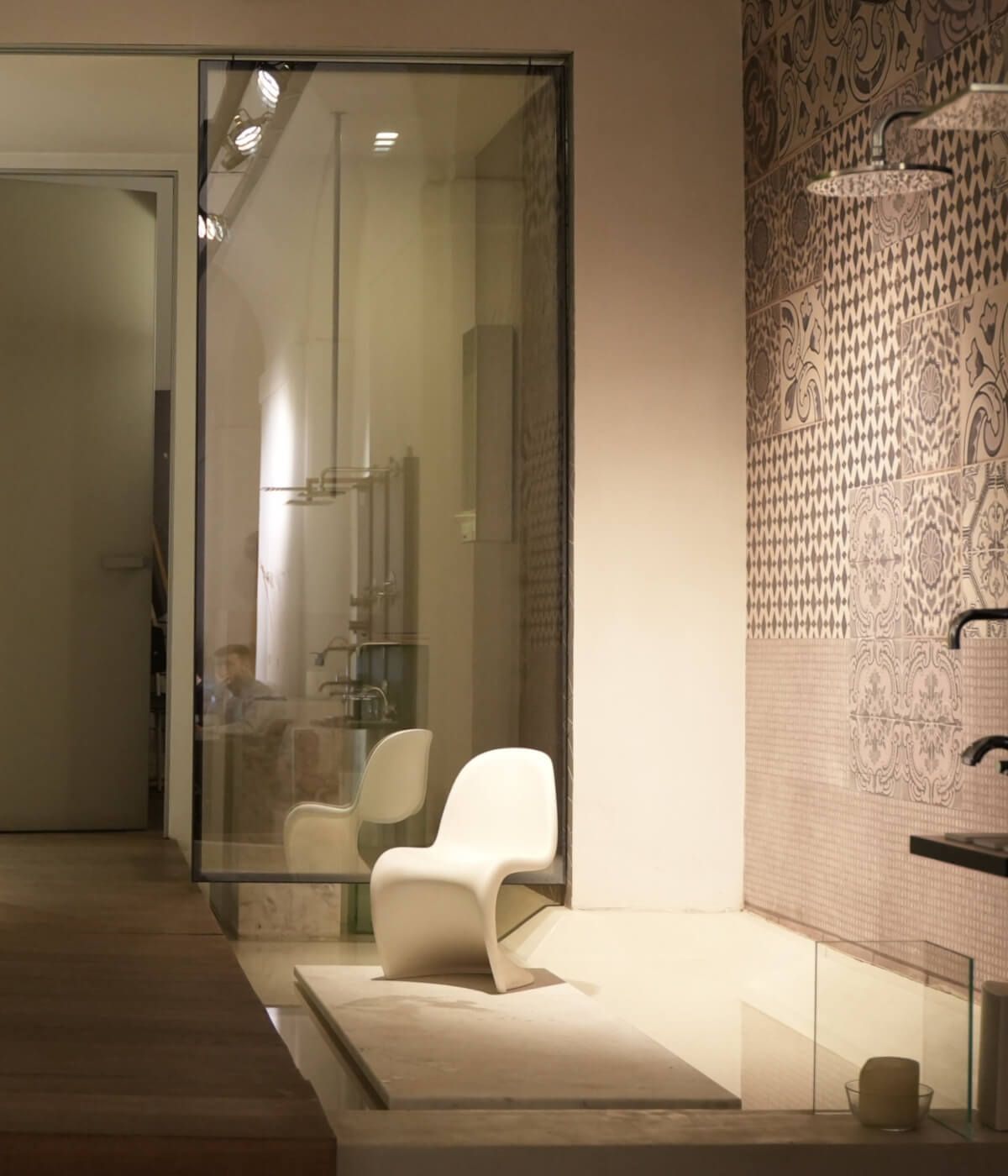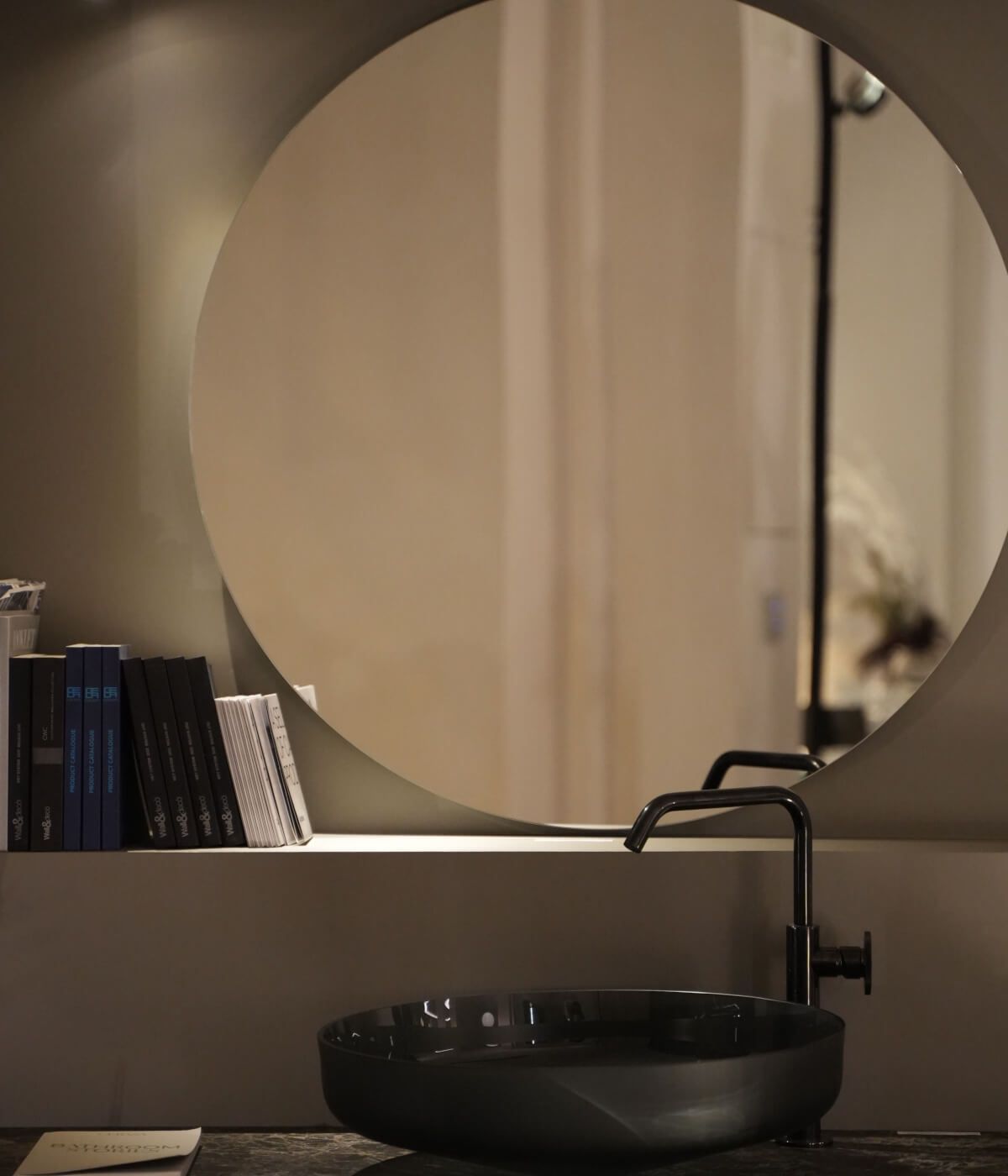How to furnish a Villa in Tuscany
Furnishing a villa in Tuscany is an act of love for beauty.
It means embracing the spirit of the place and expressing it with elegance, sensitivity, and vision.
But how do you strike the right balance between the charm of tradition and the formal clarity of contemporary style?
In this article, we explore ideas, combinations, and solutions to design interiors that merge memory and modernity — giving space to light, material, and lived experience.
The soul of the Tuscan Villa: identity, light, and roots
Every Tuscan villa has its own voice.
Whether it’s a historic home nestled in the Chianti hills, a seaside residence on the coast, or a stone house in the Val d’Orcia, each space tells a story.
That’s where we begin: by listening to the place, reading its architectural traces, and understanding the relationship between interiors and landscape.
Natural light — soft, warm, always in motion — is one of the main elements to highlight.
Spaces should welcome it, reflect it, and engage in dialogue with the outdoors.
Authentic materials, handled with lightness
Stone, wood, terracotta, and lime are traditional materials in Tuscan culture.
The secret is to use them sparingly, pairing them with contemporary elements like matte metals, frosted glass, or concrete.
A light oak floor can coexist with travertine cladding or painted iron accents, creating warm and harmonious contrasts.
Custom-made furniture and clean lines
Furnishings should be coherent and unobtrusive: essential shapes, natural finishes, and refined details.
A kitchen with brushed oak doors and a lava stone countertop, a wall-mounted bookshelf in matte black iron, a large handcrafted dining table — each piece can stand out, without shouting.
Neutral palettes and earthy tones
The Tuscan landscape offers endless color inspiration: ochre, sand, stone gray, sage green, terracotta red.
A modern style can interpret these hues in more muted and powdery tones to create calm, timeless interiors.
Diffuse, atmospheric lighting
Artificial lighting should be an integral part of the architectural project.
Recessed spotlights, discreet wall sconces, sculptural pendants in natural materials.
Well-planned lighting enhances materials, expands spaces, and adds visual comfort.
Integration between indoors and outdoors
A villa in Tuscany also lives outside.
Loggias, patios, gardens, terraces — each outdoor area should be designed in continuity with the interiors.
Living rooms that open onto greenery, kitchens that connect to pergolas, bedrooms with serene views.
It’s in these transitions that tradition meets contemporary living.
One project, a thousand nuances
Every interior design intervention must be tailored to the client’s needs and the identity of the space.
Those who choose to live in a villa in Tuscany today seek authenticity without excess, understated beauty, and elegant functionality.
At Seed Homecoming, we follow every project from the initial concept to the final result, offering bespoke solutions that combine design, craftsmanship, and architectural sensibility.
Conclusion
Furnishing a villa in Tuscany is an opportunity to unite who we’ve been with who we want to become.
Blending modernity and history doesn’t mean compromise, but rather finding a new language — refined and personal — that speaks of the place and the people who inhabit it.
For those seeking an authentic, elegant, and timeless project, Seed Homecoming is the ideal partner.
